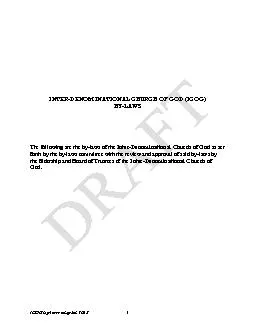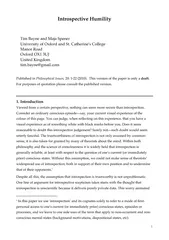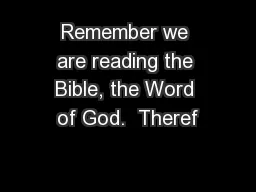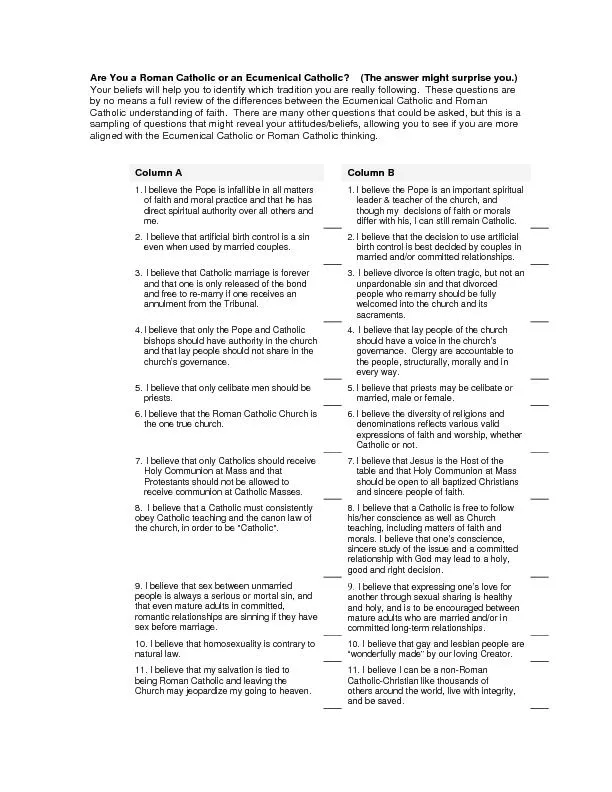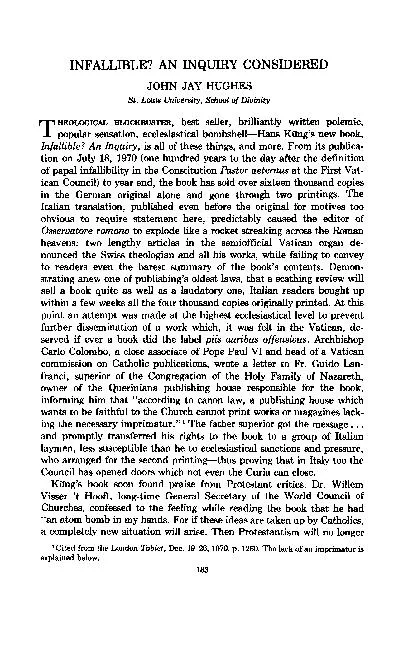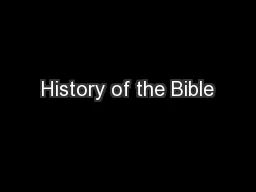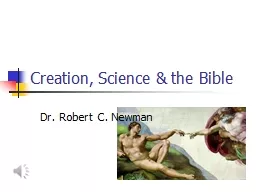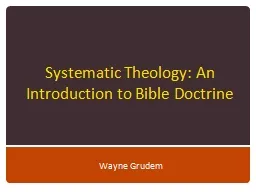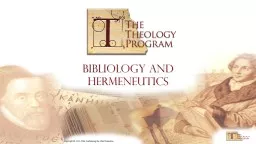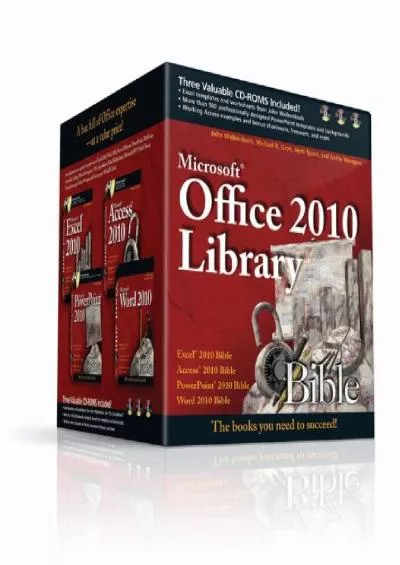PPT-The Bible: "Infallible”
Author : briana-ranney | Published Date : 2018-03-10
and Only Word Of God Bible References are from the King James Version unless otherwise indicated 1 Copyright 2016 by Robert R Bobbitt Unauthorized use or duplication
Presentation Embed Code
Download Presentation
Download Presentation The PPT/PDF document "The Bible: "Infallible”" is the property of its rightful owner. Permission is granted to download and print the materials on this website for personal, non-commercial use only, and to display it on your personal computer provided you do not modify the materials and that you retain all copyright notices contained in the materials. By downloading content from our website, you accept the terms of this agreement.
The Bible: "Infallible”: Transcript
Download Rules Of Document
"The Bible: "Infallible”"The content belongs to its owner. You may download and print it for personal use, without modification, and keep all copyright notices. By downloading, you agree to these terms.
Related Documents


